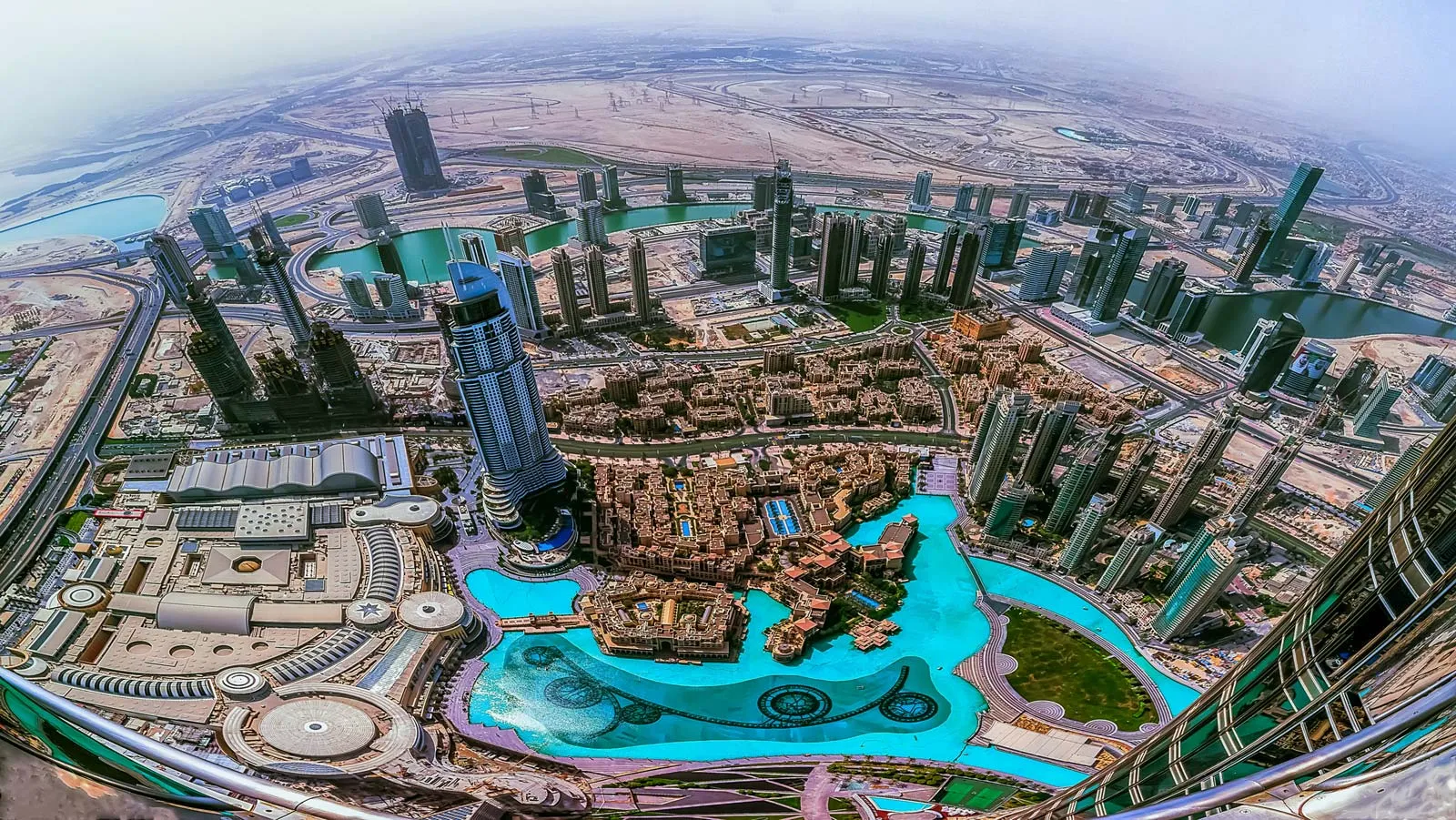
ICO vs HEIF: Which Image Format To Choose?
When comparing ICO (Icon) and HEIF (High-Efficiency Image Format), each format serves distinct purposes and possesses unique attributes. In this blog, we'll explore the differences between ICO and HEIF, examining their respective strengths, applications, and the ideal scenarios for each format.
Understanding ICO and HEIF Formats:
ICO (Icon):
ICO, short for Icon, is a specialized image file format primarily used for icons in operating systems, applications, and websites. ICO files typically contain multiple images at various sizes and color depths to accommodate different display resolutions and device configurations. Icons play a crucial role in user interfaces, serving as visual representations of applications, folders, and system actions. ICO files support transparency, allowing icons to blend seamlessly with different background colors and themes.
HEIF (High-Efficiency Image Format):
HEIF, or High-Efficiency Image Format, is a modern image file format designed to provide superior compression efficiency and image quality compared to traditional formats like JPEG. HEIF files leverage advanced compression algorithms and support for multiple image elements, including still images, animations, and image sequences. HEIF also incorporates features like support for alpha channels, image transformations, and metadata, making it a versatile and future-proof format for storing and sharing images.
Differences Between ICO and HEIF Formats:
Image Representation:
ICO files primarily contain icons, which are small, symbolic representations used in user interfaces to represent applications, files, and system actions.
HEIF files support a wide range of image types, including still images, animations, and image sequences. HEIF's flexible structure allows for storing multiple images, metadata, and image transformations within a single file.
Compression Efficiency:
ICO files typically use minimal compression, focusing on preserving image quality and transparency. Since icons are often small in size, compression efficiency is less of a concern compared to larger image files.
HEIF employs advanced compression techniques like HEVC (High-Efficiency Video Coding) to achieve significantly higher compression ratios while maintaining excellent image quality. HEIF's superior compression efficiency results in smaller file sizes, making it ideal for storing large collections of high-resolution images and videos.
Use Cases and Applications:
ICO is primarily used for creating icons and visual elements in operating systems, applications, and websites. Icons play a crucial role in user interfaces, enhancing navigation and usability by providing visual cues and representations of system functions.
HEIF is suitable for a wide range of applications, including digital photography, video encoding, and multimedia content delivery. HEIF's support for advanced features like HDR (High Dynamic Range), alpha channels, and image sequences makes it a versatile format for storing and sharing high-quality images and videos across various platforms and devices.
Best Use Cases for ICO and HEIF:
ICO is best suited for creating icons and visual elements in user interfaces, applications, and websites, where image size and transparency are critical factors.
HEIF is ideal for storing and sharing high-resolution images and videos, especially in scenarios where compression efficiency, image quality, and advanced features like HDR and alpha channels are essential.
Conclusion:
In conclusion, ICO and HEIF are two image formats with distinct characteristics and applications. While ICO excels in creating icons and visual elements for user interfaces, HEIF offers superior compression efficiency and supports advanced features for storing and sharing high-quality images and videos. By understanding the differences between ICO and HEIF formats, users can choose the appropriate format based on their specific needs and requirements.






